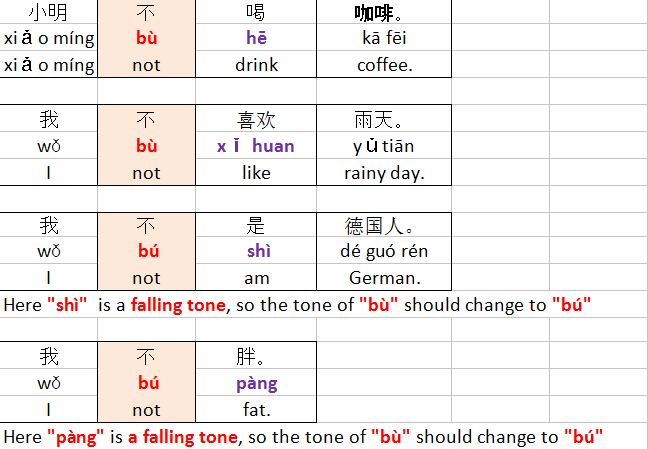| The most basic meaning of 是 (shì) is "to be" (am, is, are) as introduced in Lesson 6. Besides that, 是 (shì) can also be used alone to give an affirmative answer, translated to "Yes" in English. |
In terms of expressing "Yes", 是 (shì) and 是 (shì de) are very similar and both are very common in Chinese conversation, but some people prefer to say 是的 (shì de) more often as they consider that the tone of 是的 (shì de) sounds much more mild and soft than 是 (Shì). |
| Subject | to be | noun | question marker | | 你 | 是 | 美国人 | 吗? | | nǐ | shì | měi guó rén | ma? |
YouareAmerican? | Download | |
| 是/是的, | 我 | 是 | 美国人。 | | shì/shì de | wǒ | shì | měi guó rén. |
Yes,IamAmerican. | Download | |
| Subject | to be | noun | question marker | | 你 | 是 | 商人 | 吗? | | nǐ | shì | shāng rén | ma? |
Youarebusinessman? | Download | |
| 是/是的, | 我 | 是 | 商人。 | | shì/shì de | wǒ | shì | shāng rén. |
Yes,Iambusinessman. | Download | |

